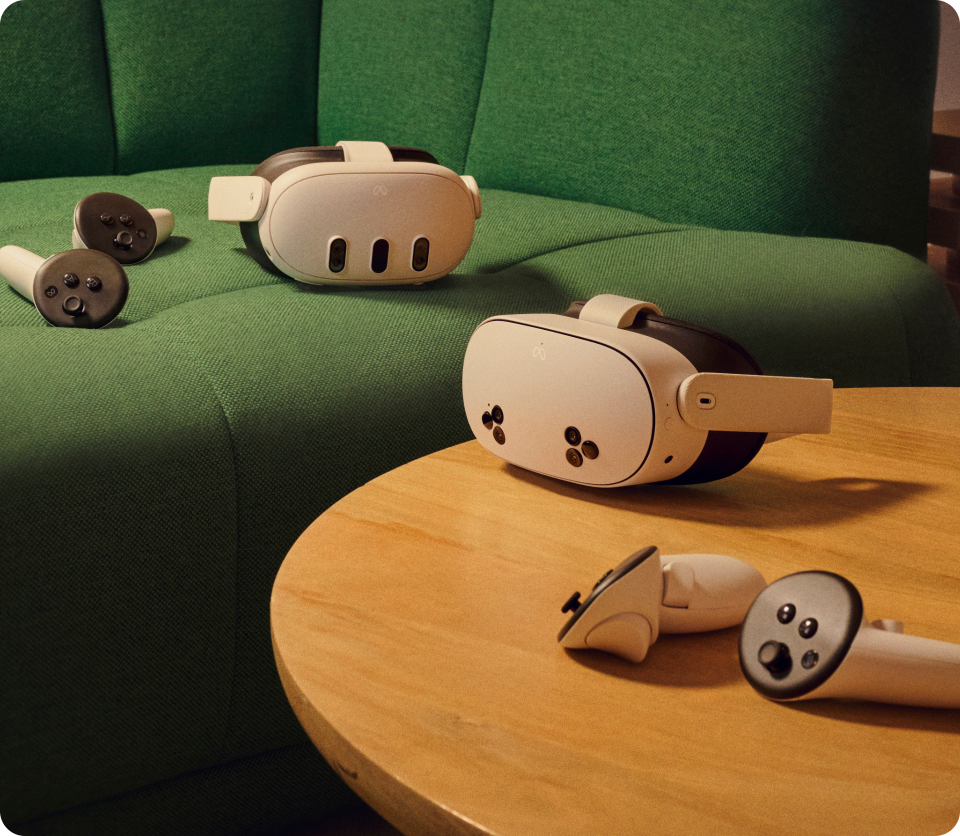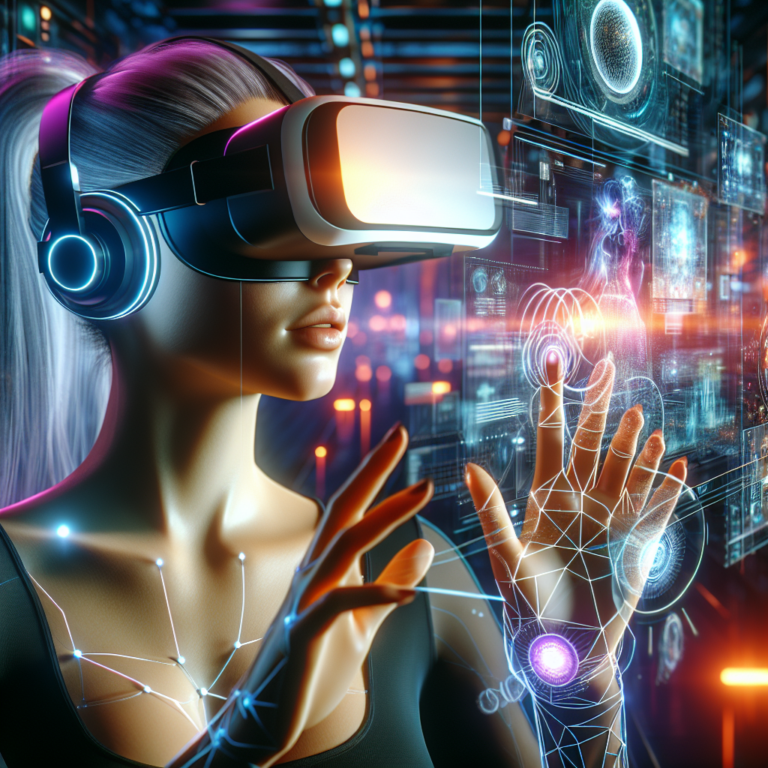Quest 3S: The Ultimate Low-Light Tracking Experience for Your VR Journey

Introduction to the Quest 3S
The Quest 3S has arrived, and its advancements in low-light tracking have made waves in the virtual reality community. Recently, UploadVR received a review unit from Meta, and we are excited to share our first impressions. This latest headset stands out from the Quest 3, as it offers significant improvements in tracking under low-light conditions. Although the Quest 3S is priced lower and features slightly less impressive lenses and display quality, its tracking performance shines when the lights are dimmed.
Comparing Tracking Performance: Quest 3S vs. Quest 3
We conducted several tests to evaluate how well the Quest 3S performs in low-light scenarios. During our assessments, we found that both the Quest 3 and Quest 2 struggled heavily in complete darkness, failing to track hand and head movements effectively. Users were met with messages indicating that tracking could not be initialized, forcing them to disable the tracking feature altogether. In contrast, the Quest 3S successfully tracked my head and hands under low-light conditions, even when positioned near a wall. However, a slight jitter was apparent in its performance during these tests.
Improvements in Low-Light Conditions
As we transitioned into dimly lit environments—such as rooms only illuminated by a small lamp or natural moonlight—the enhanced low-light tracking capabilities of the Quest 3S became clearly noticeable. Here’s what our observations revealed:
- Faster Initialization: The hand tracking feature on the Quest 3S initializes more quickly compared to the Quest 3.
- Better Motion Handling: The new headset tracks fast movements with improved accuracy—no more lagging behind!
- Fewer False Positives: Compared to its predecessor, users encounter significantly fewer incorrect hand position frames.
Impact on Controller Tracking
Interestingly, the enhancements to hand tracking in the Quest 3S also influence how controller tracking operates. Both the Quest 3 and Quest 3S come equipped with the same Touch Plus controllers, which utilize infrared (IR) LEDs. These LEDs work in conjunction with the tracking cameras in the headset. Remarkably, even in complete darkness, the controller tracking remains functional. Additionally, continuous hand tracking means the headset can estimate controller positions even when the IR LEDs are obstructed, leading to enhanced precision in low-light situations, even if these moments are rare.
Understanding the Technology Behind Low-Light Tracking
The secret behind the Quest 3S’s robust low-light tracking capabilities lies in its incorporation of infrared illuminators. These devices are strategically placed on the front of the headset and act like floodlights for the tracking cameras, enriching visibility for nearby hands and objects. Users can easily spot these enhancements since the two infrared illuminators emit a red glow that is visible to the naked eye.
Advantages Over Previous Quest Models
Unlike its predecessors, including the premium Quest 3, the Quest 3S capitalizes on this innovative technology. While the Quest 3 features an infrared depth projector designed for mixed reality experiences, it falls short in low-light situations. The structured light scanner predominantly works during scene mesh scanning, making it less advantageous during dimly lit conditions.
Boosting Low-Light Tracking for Other Headsets
If you already own a Quest 3, there’s no need to fret about its low-light tracking capabilities. You can enhance your headset’s performance by introducing external infrared illuminators into your setup. Many virtual reality enthusiasts have effectively employed this strategy to improve tracking on not only the Quest 3 but also the Quest 2 and other headsets that rely on inside-out computer vision tracking. This simple addition can make a significant difference!
What’s On the Horizon?
Stay tuned for a comprehensive review that will delve into the subtle differences between the Quest 3S, Quest 3, and Quest 2. Our forthcoming analysis will include exciting surprises and insights gathered from our ongoing testing of the Quest 3S unit. Keep an eye out for more information on how these advancements in low-light tracking can enhance your virtual reality experience!




0 Comments